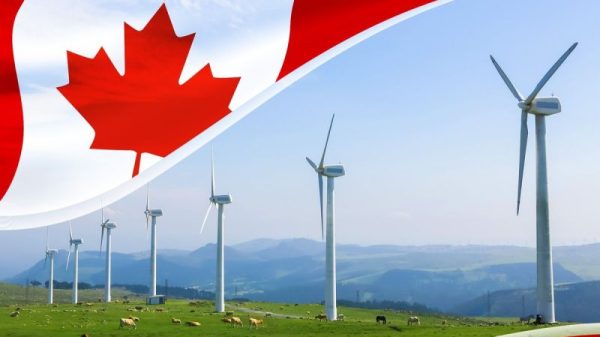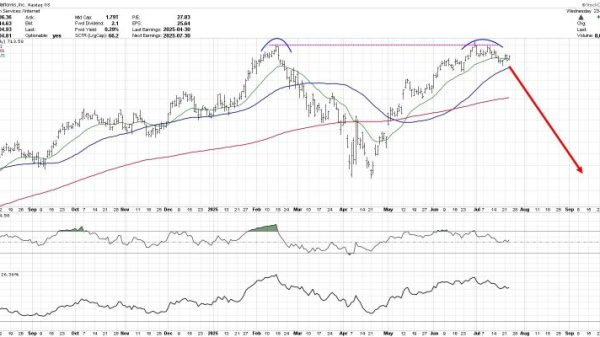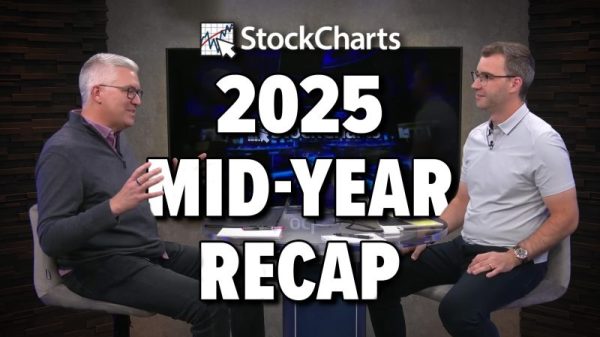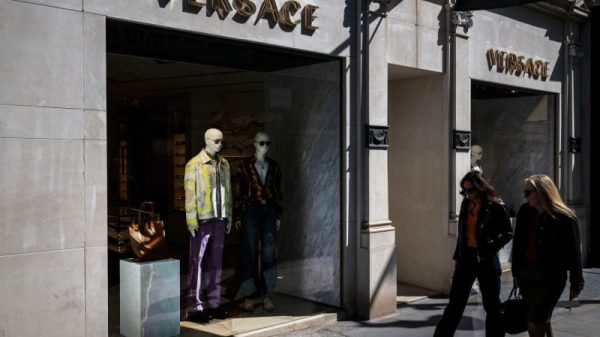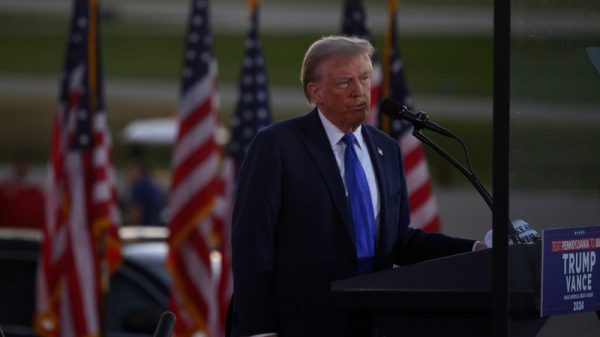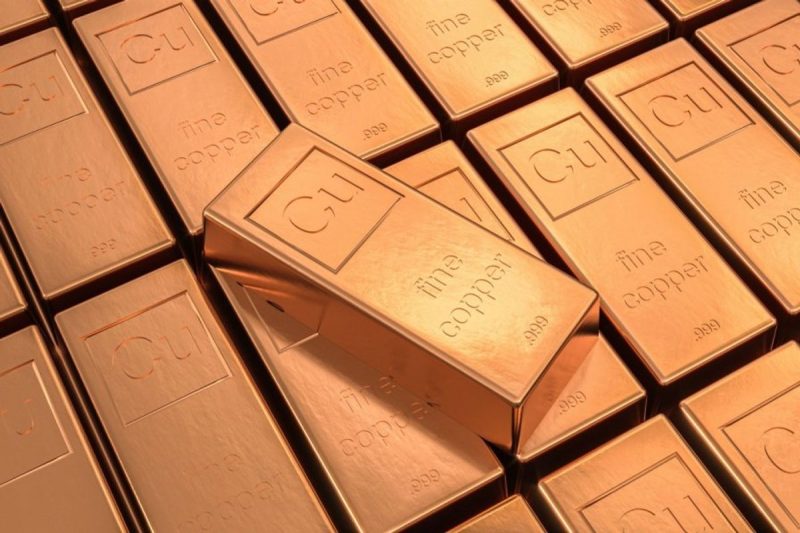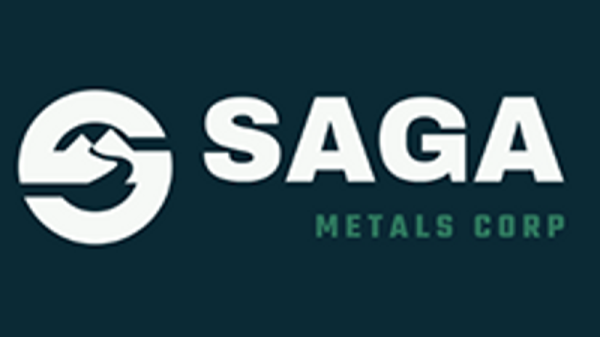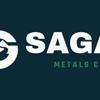Copper prices on the London Metal Exchange (LME) saw upward momentum in the first quarter of the year on the back of tightening supply and increasing demand from the energy transition.
After bottoming out at US$7,800 per metric ton (MT) in the fall of 2023, copper prices bounced back to start 2024 in higher territory, but elevated supply kept the red metal trading in the US$8,000 to US$8,500 range until mid-March.
Since then, copper has seen strong gains, reaching a quarterly high of US$8,973 on March 18. With increasing market volatility since the start of April, prices continued trending up to reach US$9,365 on April 10.
How did copper prices perform in Q1?
At the start of 2024, analysts expected copper prices to be rangebound. A surplus was anticipated, even with lowered supply due to the shuttering of a major mine and guidance cuts elsewhere. Deficits weren’t expected to start forming until 2025 as supply came under more pressure due to increasing demand from the energy transition.
Copper price, Q1 2024.
Chart via the London Metal Exchange.
Copper’s price uptick in March came as the market felt the loss of First Quantum Minerals’ (TSX:FM,OTC Pink:FQVLF) Cobre Panama mine, as well as guidance cuts from Anglo American (LSE:AAL,OTCQX:AAUKF) and steady declines at Chile’s Chuquicamata mine. Together they caused concentrate supply to become increasingly tight.
In mid-March, top Chinese smelters announced plans to work together to cut production. Limited supply had forced them to lower their treatment and refining charges (TC/RCs), but this stressed their profitability.
According to Mazumdar, the cuts to smelter capacity will begin to put pressure on the availability of refined stockpiles and push copper closer to a deficit position sooner than expected.
This supply bottleneck caused significant gains for the metal’s price through the last half of March and into April.
While this is largely good news for copper producers as high prices and low TC/RCs improve margins, Mazumdar thinks the price will need to stay elevated to have any real impact on investment into the industry.
“Companies may need a longer period of higher prices to incentivize them to build projects given the capital expenditure blowouts witnessed by the construction of projects such as Quebrada Blanca 2 by Teck Resources (TSX:TECK.A,TECK.B,NYSE:TECK) in Chile,” he said.
First Quantum not giving up on Cobre Panama
The event that has had the biggest impact on copper supply recently is the closure of the Cobre Panama mine in Q4 2023. The mine’s annual output of 331,000 MT of copper accounted for 1 percent of global production — a significant number for an industry set to face increasing demand and a lack of incoming new supply.
Cobre Panama became a contentious issue during the year as First Quantum and the government of Panama renegotiated a company-friendly contract that dated back to 1997. Panama ultimately approved a new deal in October 2023 that guaranteed the country would receive at least US$375 million annually from First Quantum, and the company received a 20 year extension to continue operations at the mine.
However, public sentiment deteriorated after the approval, leading to protests. The deal was ultimately overturned by the Supreme Court and Panamanian President Laurentino Cortizo ordered the mine to close.
First Quantum announced in December 2023 that it had launched international arbitration proceedings to challenge the court’s ruling, but so far no date has been set for the commencement of talks.
“The current president will not stand in the next election in May 2024; therefore First Quantum plans on working with whomever is elected to try and restart the mine and avoid the arbitration. Cobre Panama represents about 5 percent of the GDP of Panama and employs 30,000 to 40,000 people directly and indirectly,” he said.
Governments recognize copper’s critical status
In 2022, the US government established the Minerals Security Partnership (MSP), which is now made up of 14 countries, including the US, Canada, Australia, Estonia, Japan, South Korea and Sweden, as well as the EU.
Among its goals is advancing critical minerals projects that meet ESG standards.
In February, the MSP announced the signing of a memorandum of understanding between Gecamines, the Democratic Republic of Congo’s state-run mining company, and the Japan Organization for Metals and Energy Security. The deal will create a framework for the two to coordinate and cooperate in mineral exploration, development and production in the Lobito Corridor, where Gecamines currently oversees the production of 1.5 million MT of copper cathode.
This past March the MSP held a forum on the sidelines of the Prospectors & Developers Association of Canada convention to discuss matters around mineral security with a focus on shoring up the supply of commodities that are critical to the energy transition, including copper, and to advance the development of domestic supply chains.
At the meeting, the group confirmed it was working on 23 projects covering a breadth of minerals critical to the energy transition, including copper. Sixteen of the projects involve upstream mining and mineral extraction, while seven center around midstream processing and another seven focus on recycling and recovering. As for location, six are in the Americas, five are in Europe, 13 are in Africa and three are in the Asia-Pacific region.
This work comes amid increasing geopolitical tensions between the US and China over key issues, including the latter’s increasing buildout of mining assets in Africa. Russia’s war with Ukraine has also caused a tricky landscape.
For its part, the US is encouraging manufacturers to use minerals from nations with which it has free-trade agreements, like those in the MSP, as part of the Inflation Reduction Act (IRA), which was introduced in 2022.
Ultimately, the goal of the MSP, the IRA and other regional programs is to help accelerate critical minerals projects by working with government and industry to help secure funding, provide diplomatic support and diversify supply chains.
Investor takeaway
Copper’s supply stresses look likely to continue in 2024 and beyond due to a lack of new supply in the pipeline, and slow permitting times for assets that are underway. At the same time, the red metal is expected to see higher demand from renewable electricity generation, electric vehicle production and increasing infrastructure needs.
However, now that more governments are labeling copper a critical mineral, there’s hope that bottlenecks in supply may lessen and new projects may be able to make progress. Overall, a landscape is emerging that could benefit investors who are looking for long-term plays in an industry facing immense supply-side constraints in the coming years.
Still, given the challenges in discovery, permitting and approval, investors should do their due diligence, researching all aspects of a company, including its biggest projects and the risks associated with them.
Securities Disclosure: I, Dean Belder, hold no direct investment interest in any company mentioned in this article.



